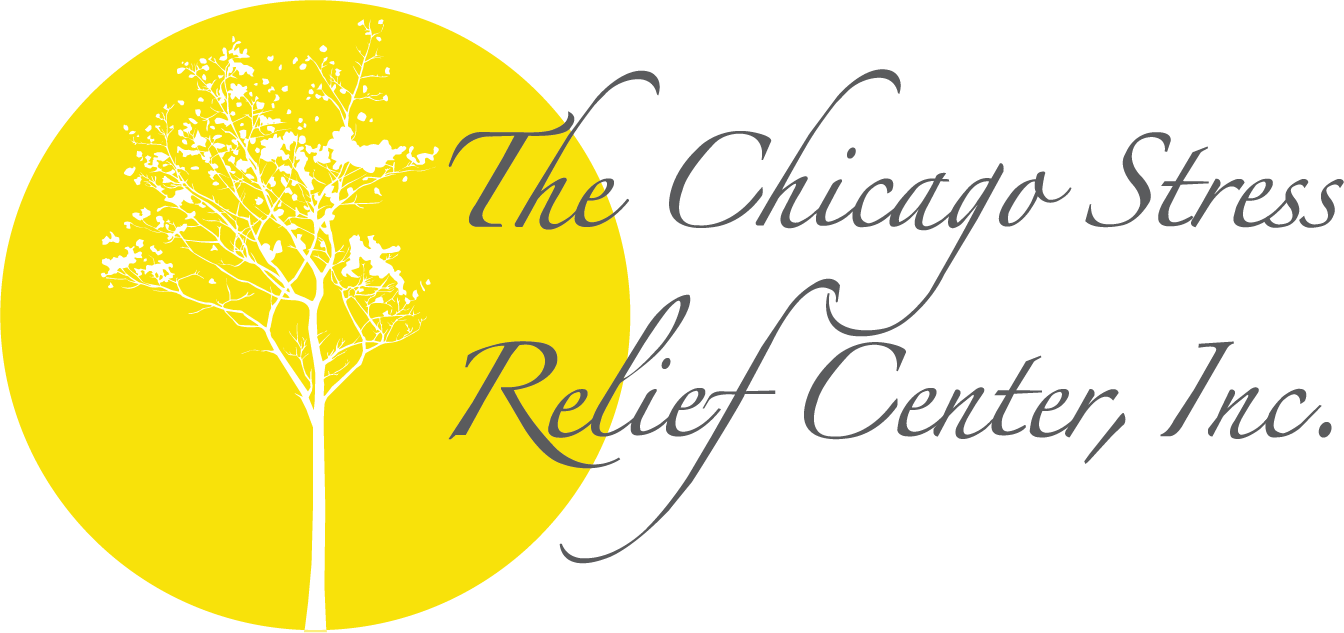What is EMDR?
EMDR has been used to treat a wide range of troubling negative experiences, from extreme incidents like rape, combat accidents, natural disasters and crime, to loss of a loved one, having an angry or alcoholic parent or being the victim of bullying, teasing or emotional abuse. Since traumatic experiences can play a role in many problems, EMDR can also help with depression, anxiety and phobias, fears related to medical procedures, sexual problems, chronic pain, sleep problems, learning difficulties and performance anxiety.
